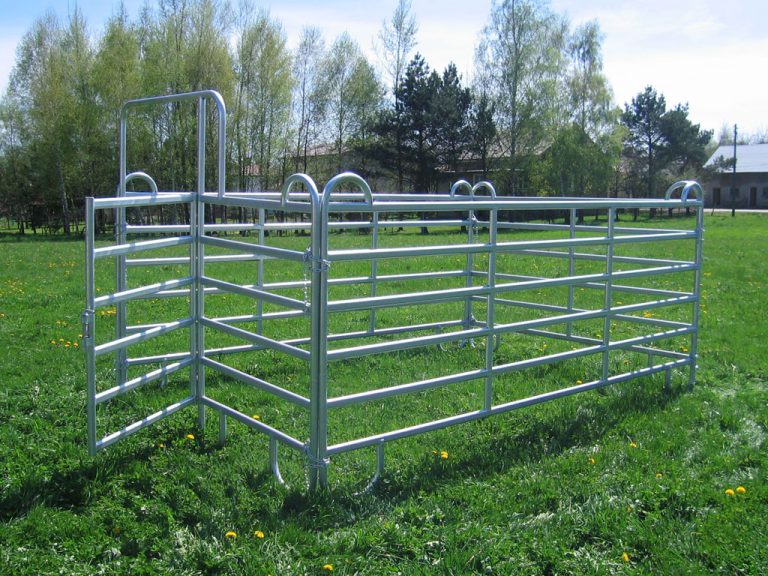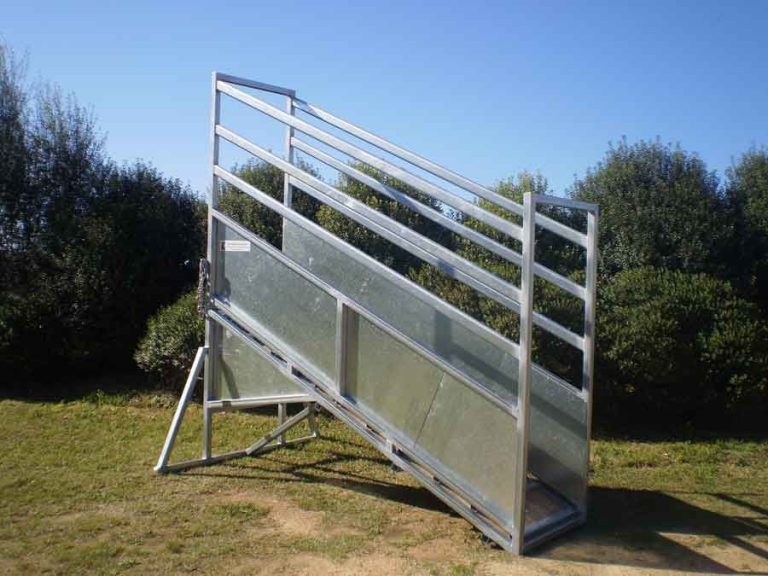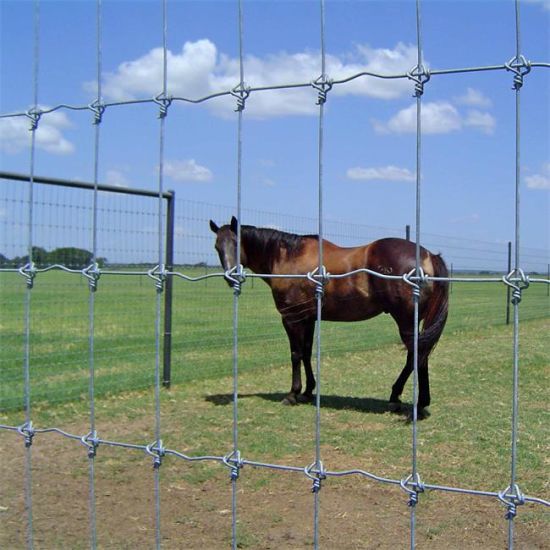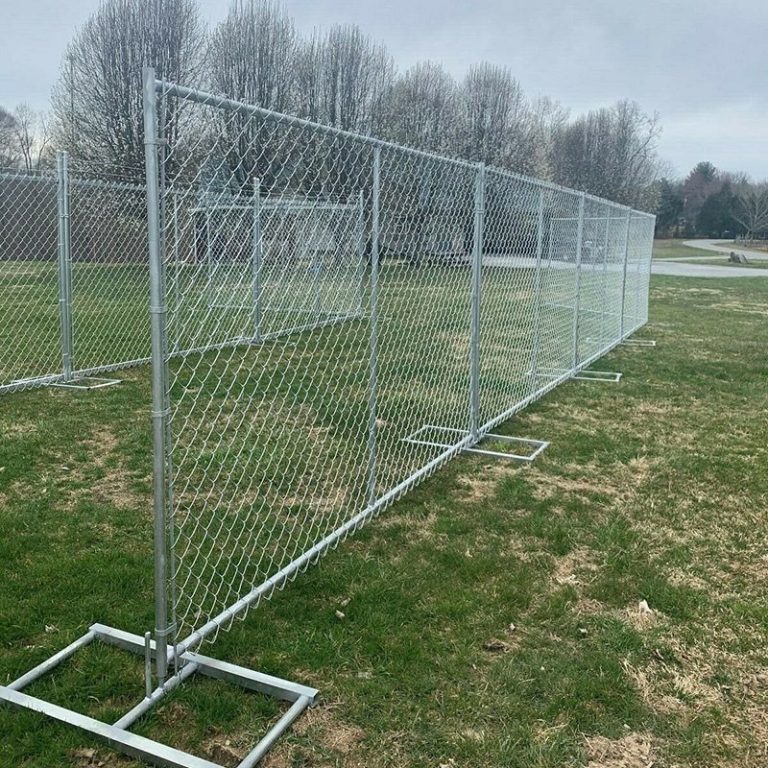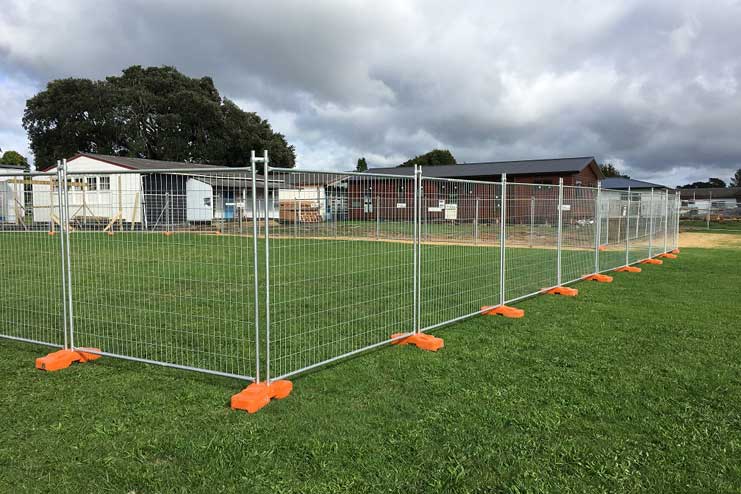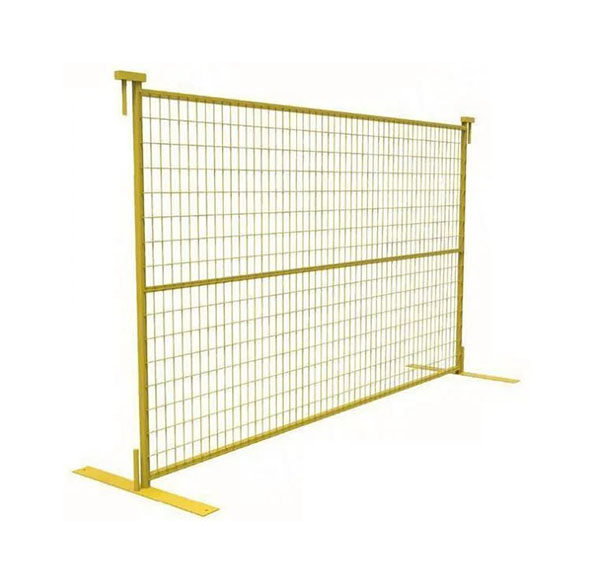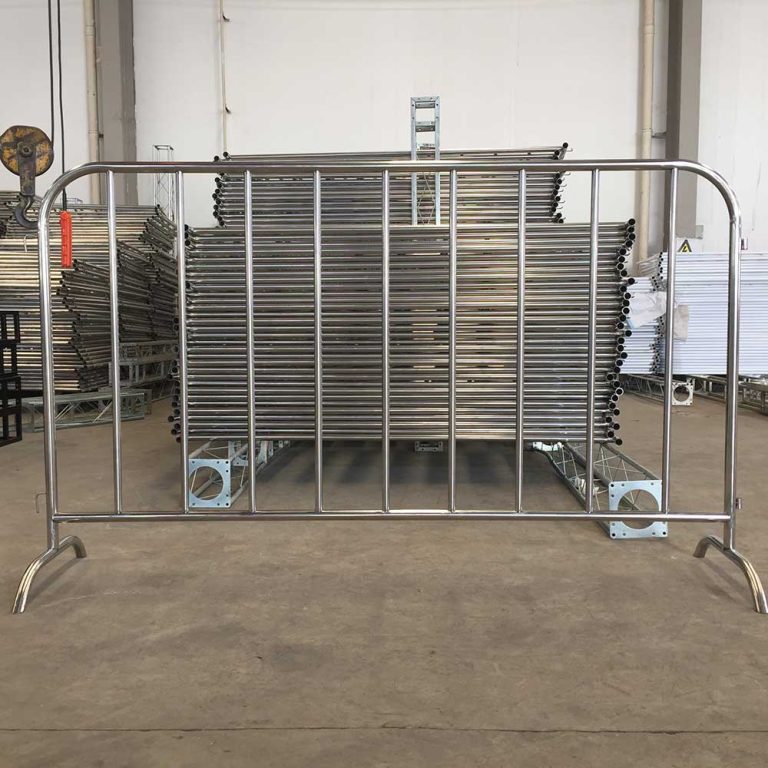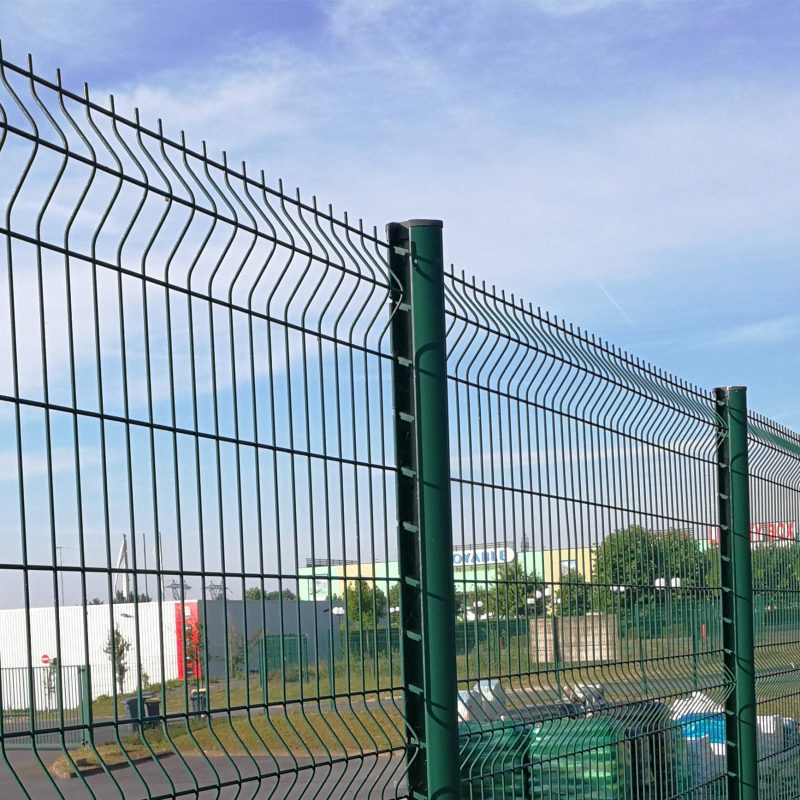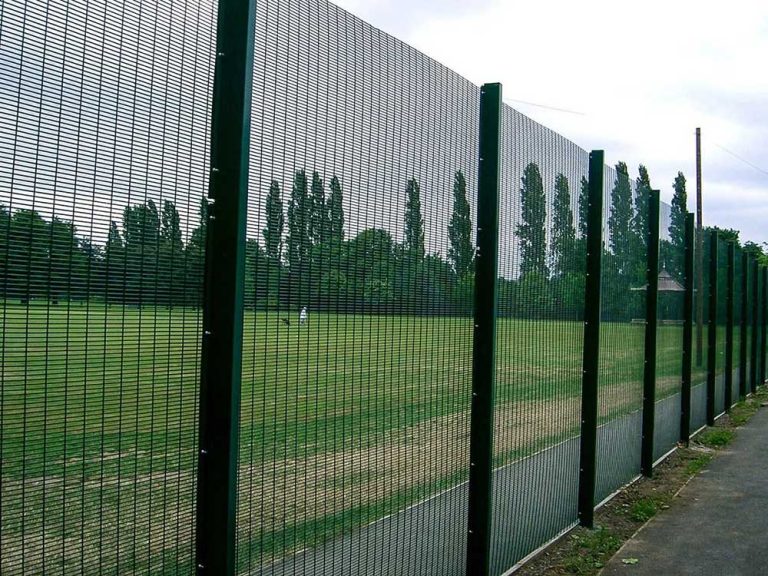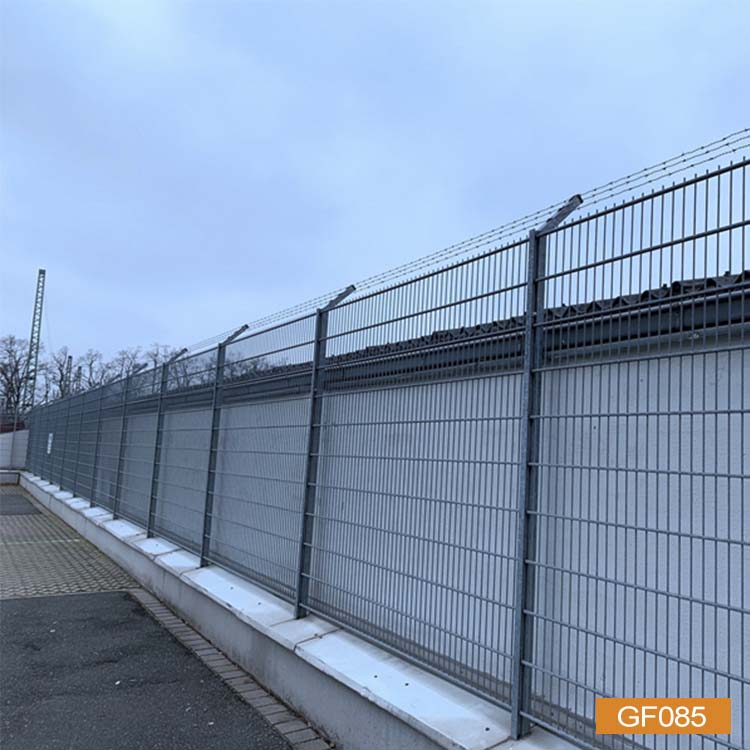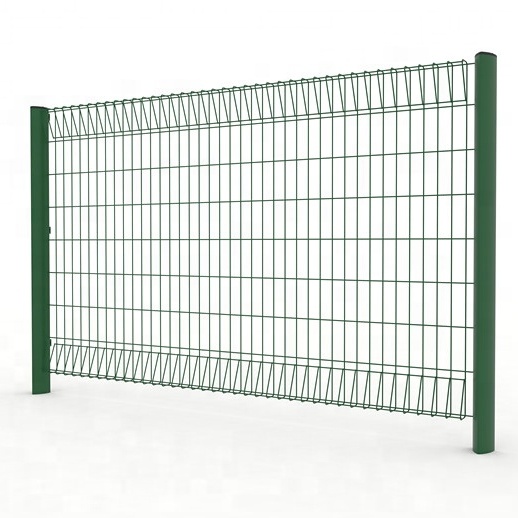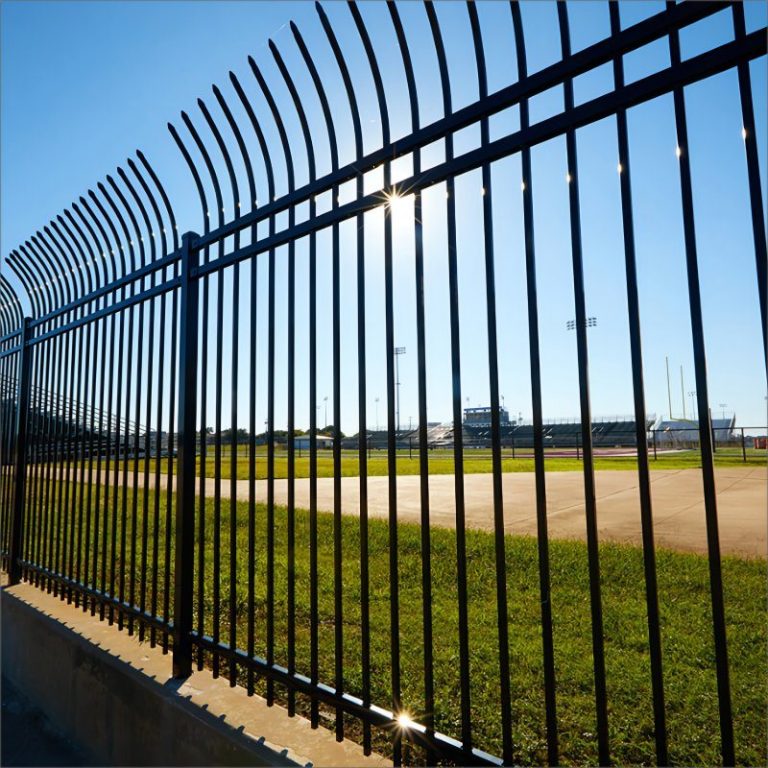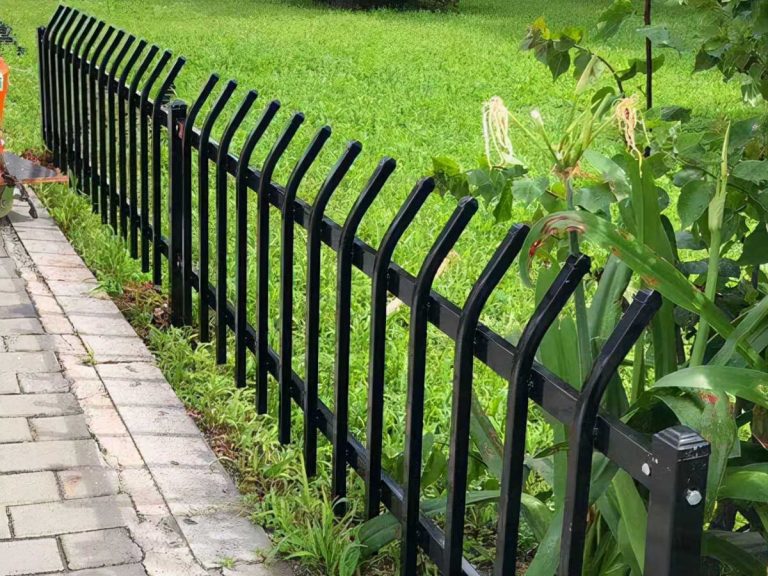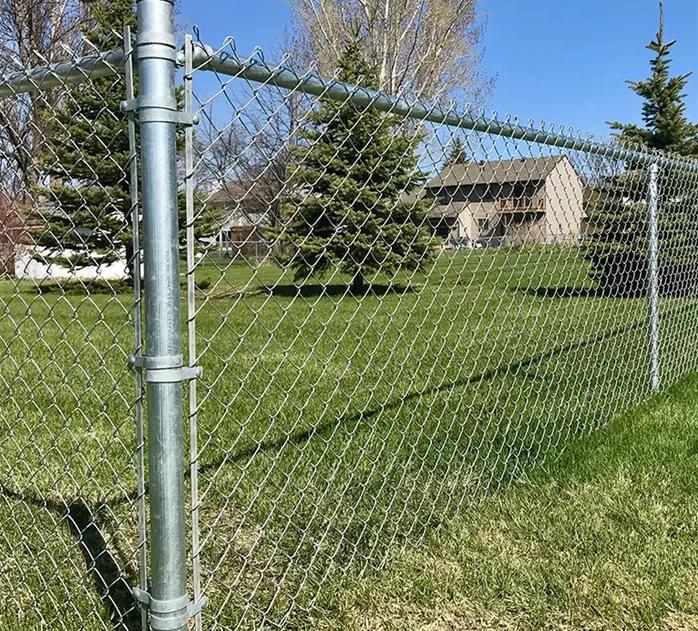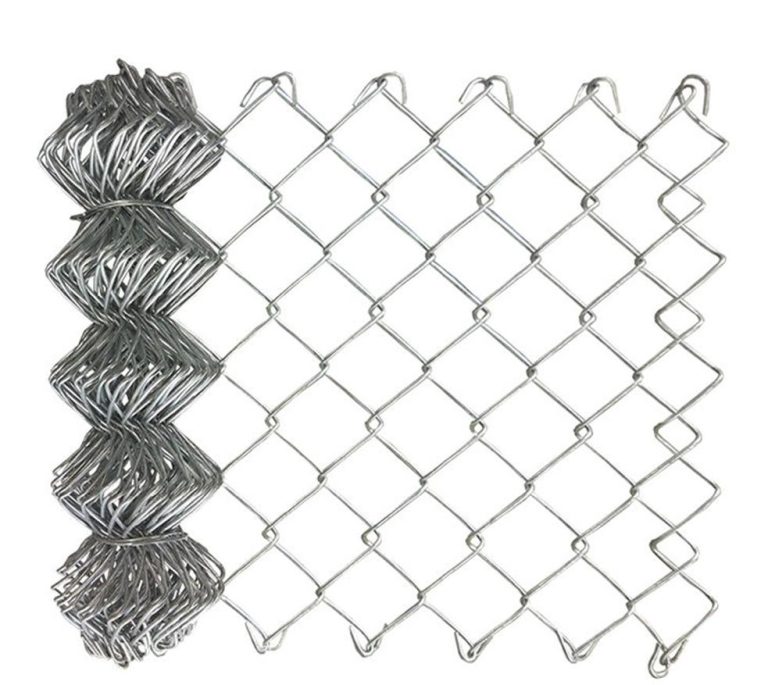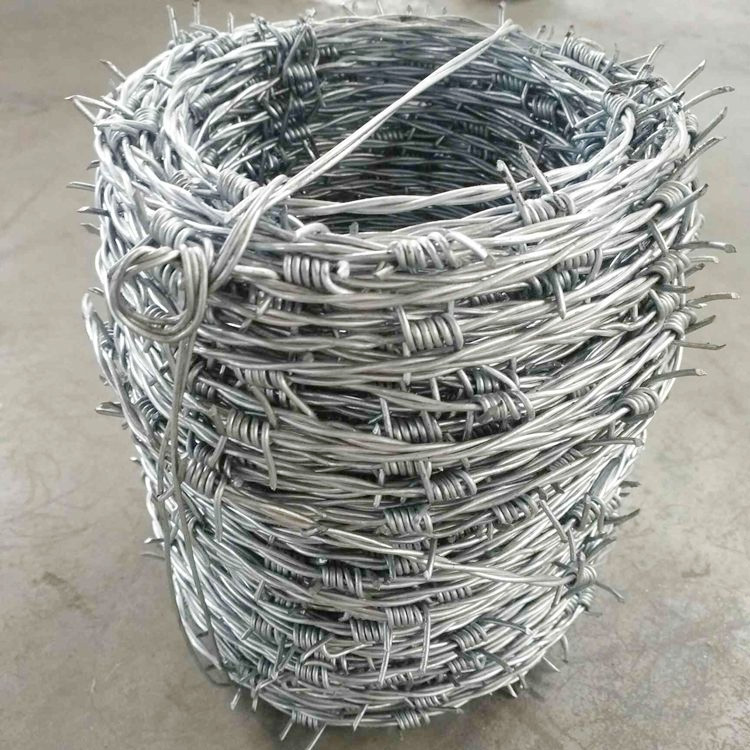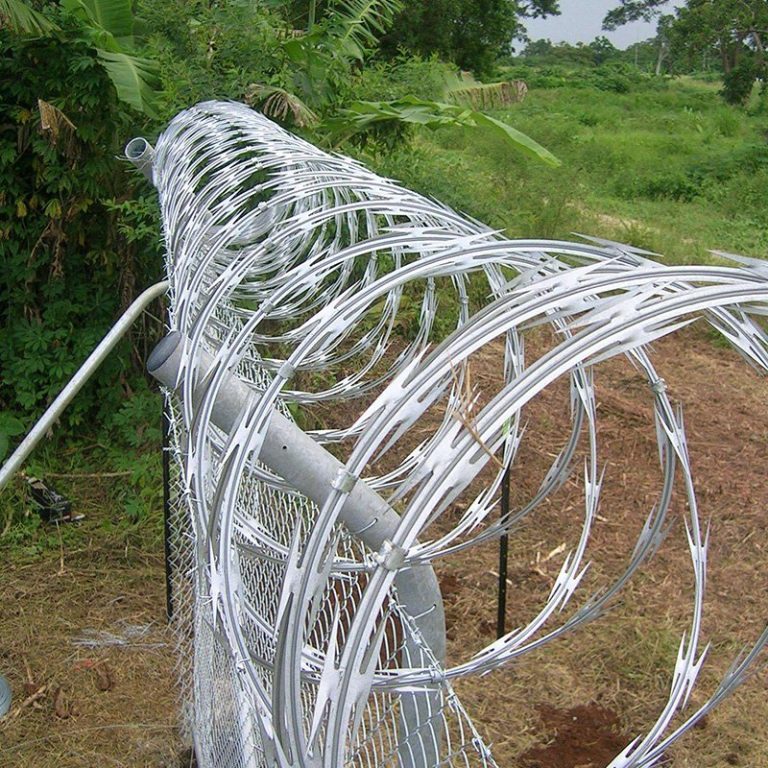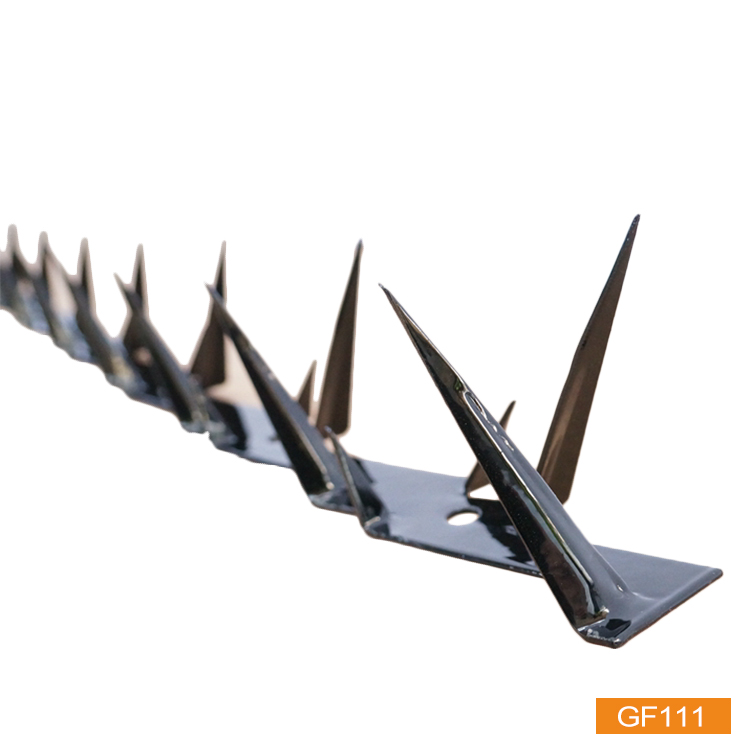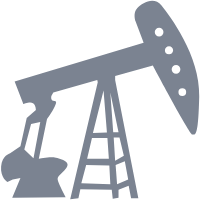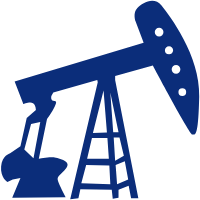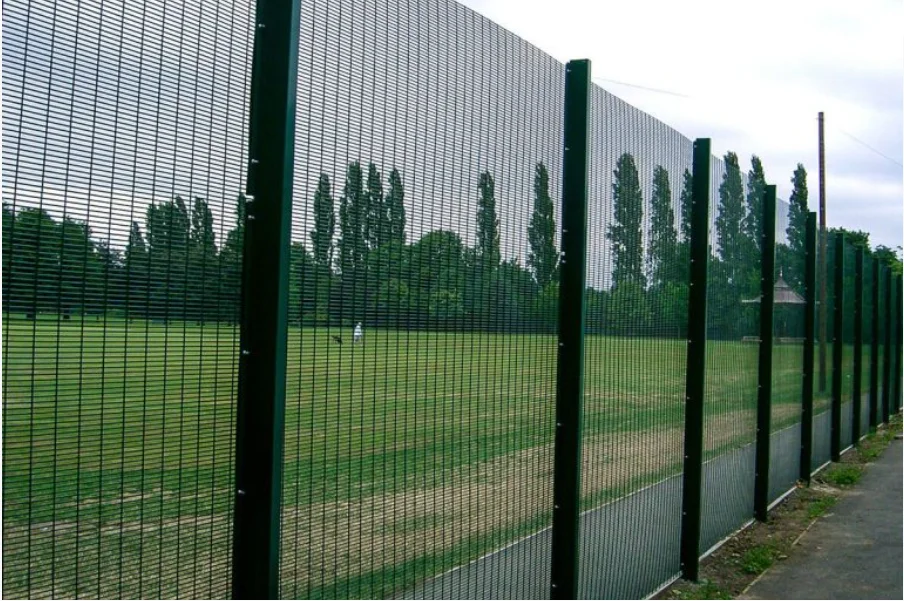The Importance of Security in the Oil and Gas Industry
Key Risks Faced by Oil and Gas Facilities
Oil and gas facilities are vital places that face many dangers. These include stealing, damaging property, sabotage, and even terrorist attacks. The high value of resources and equipment makes these sites targets for people seeking money or chaos. Many oil and gas sites are in remote areas. This makes them easy targets for unwanted visitors and harsh weather. The risks can cause big problems. They can stop work, cost money, harm the environment, and put workers in danger.
The Role of Security Fencing for Oil and Gas in Reducing Risks
Security fencing for oil and gas plays a big role in keeping risks low. It creates a strong wall around the site. This wall stops unwanted visitors and protects valuable items from theft or harm. Advanced oil & gas perimeter fencing can include tools like cameras, motion sensors, and alarms. These tools make security stronger. They stop break-ins and allow quick action if there’s a threat. Real-time monitoring helps keep the site safe.
Benefits of Oil & Gas Perimeter Fencing
Enhancing Safety for Workers and Equipment
Oil & gas perimeter fencing greatly improves safety for workers and equipment. It allows only approved people to enter. This lowers the chance of accidents from untrained visitors in dangerous areas. High-quality fencing materials, like galvanized steel, are tough and resist rust. For example, steel fences are strong, hard, and don’t corrode easily. These features protect important equipment from outside damage. They also ensure the fence lasts a long time.
Stopping Unwanted Visitors and Break-Ins
Unwanted visitors are a big worry for oil and gas facilities. They could sabotage or steal things. Security fencing for oil and gas acts as the first defense. It builds a tough barrier that’s hard to break through. Products like 358 anti-climb fences have small mesh holes. These stop people from climbing or cutting the fence. Adding razor wire or barbed wire makes it even harder for intruders. These steps ensure only approved people enter, reducing security risks. AnPing JiaHui wire mesh Co., Ltd. produces various professional types of fences and is bound to protect the safety of your property
Types of Fencing Solutions for the Oil and Gas Sector
Common Materials Used in Security Fencing for Oil and Gas
Choosing the right materials is key for security fencing for oil and gas. Galvanized steel is a top choice. It’s strong, lasts long, and doesn’t rust. Chain link fences made from galvanized or PVC-coated steel wire are flexible yet tough. Welded wire mesh is another good option. It’s rigid and lets you see through it. For temporary needs, mobile fences made from welded mesh panels work well. They’re easy to set up and move.
Advanced Features in Modern Oil & Gas Perimeter Fencing
Modern oil & gas perimeter fencing includes cool features to make it better. For example:
Cameras: Mounted on fence posts, they watch the area all the time.
Motion Sensors: They notice movement near the fence.
Alarms: They sound alerts if someone tries to break in.
Anti-Climb Designs: Fences like 358 anti-climb models stop people from climbing.
Rust Protection: Treatments like hot-dipped galvanization make fences last in tough weather. Products like Australia temporary fences handle extreme climates while keeping sites safe. These features make oil and gas facilities much safer. They also meet industry rules.
Regulatory Requirements and Standards for Oil & Gas Fencing
Following Safety Rules
Following safety rules is a must for security fencing for oil and gas. Government and industry rules set standards for fence design, building, and setup. These ensure fences are safe and secure. For example, 358 anti-climb fences are popular. Their small mesh holes stop climbing or cutting. They meet strict safety standards, making them great for protecting important sites.
Rules may also require adding tech like cameras and motion sensors to fences. These allow real-time watching and quick responses to threats. Treatments like hot-dipped galvanization make fences tougher. They last in harsh weather and meet safety rules. Strong oil & gas perimeter fencing keeps sites safe and follows regulations.
Environmental Considerations in Fence Design
Environmental care is important when designing oil & gas perimeter fencing. The materials must be eco-friendly to reduce harm to nature. Galvanized steel is a good choice. It lasts long and resists rust, so it doesn’t need replacing often.
Fence designs should consider local animals and plants. Features like raised fences or specific mesh sizes let small animals pass safely. This keeps security strong. Temporary fencing, like America temporary fences, is flexible. It can be moved or removed, reducing impact on the land. By following safety and environmental rules, oil and gas companies keep sites secure and sustainable.
Future Trends in Oil & Gas Perimeter Fencing
Adding Technology to Security Solutions
Adding tech to oil & gas perimeter fencing is changing how security works. Tools like motion detectors, thermal cameras, and auto-alarms are now common. They spot unauthorized visitors fast. Artificial Intelligence (AI) helps by checking data from cameras. It finds patterns or odd behaviors that might mean trouble.
Drones with sensors are also used. They fly over large areas to watch the site. Smart fencing with IoT (Internet of Things) devices is growing popular. These let you monitor and control fences from a phone or central hub. This makes managing site security easy and efficient.
Eco-Friendly Materials for Long-Term Use
Eco-friendly materials are becoming a focus in the oil and gas sector. Companies want materials that last without harming the environment. PVC-coated chain link wire mesh is strong and rust-resistant. It uses fewer resources than older options.
New materials like recycled metals or composites are being tested. They lower carbon footprints while staying tough. Treatments like hot-dipped galvanized finishes make fences last longer. They need less upkeep, which helps the environment. Using sustainable materials in security fencing for oil and gas meets both work needs and green goals.
Frequently Asked Questions (FAQs)
Why is following rules important for oil & gas perimeter fencing?
Following rules ensures fences meet safety standards. This protects equipment and keeps workers safe.
What role does tech play in modern security fencing for oil and gas?
Tech improves security with tools like motion sensors, AI, drones, and IoT controls for real-time monitoring.
How do eco-friendly materials help oil & gas perimeter fencing?
They lower environmental harm while being tough and needing less upkeep.
What makes 358 anti-climb fences good for high-security needs?
Their small mesh holes stop climbing or cutting. They also allow clear views for monitoring.
Where can I find custom fencing for my facility?
AnPing JiaHui Wire Mesh Co., LTD offers tailored products for different industrial needs.
For more details on advanced oil & gas perimeter fencing solutions tailored to your needs, contact AnPing JiaHui Wire Mesh Co., LTD today.

